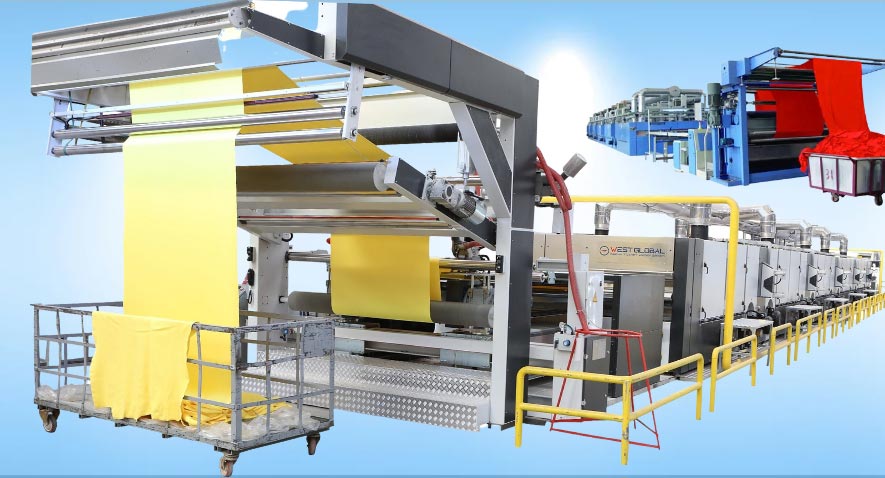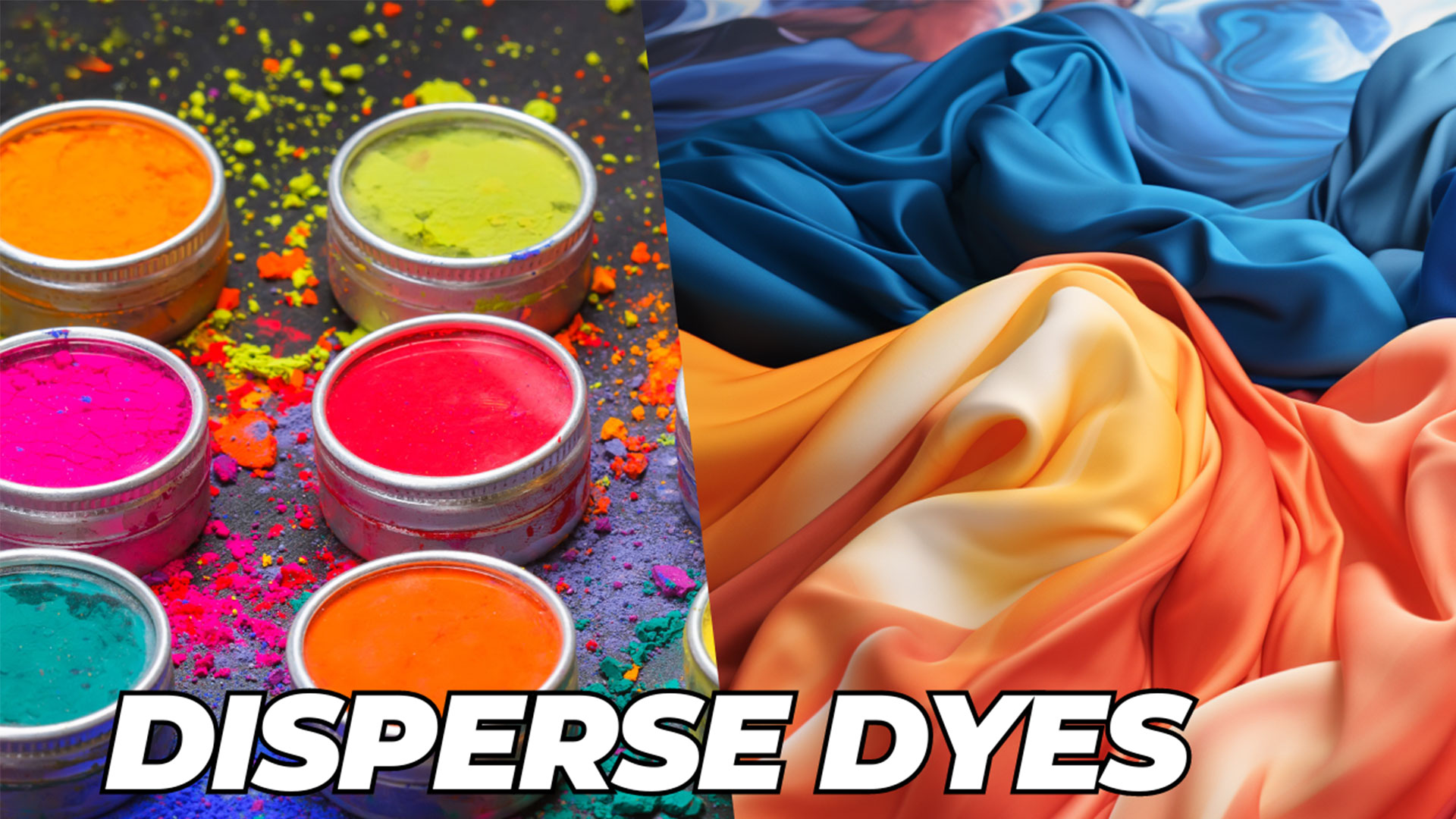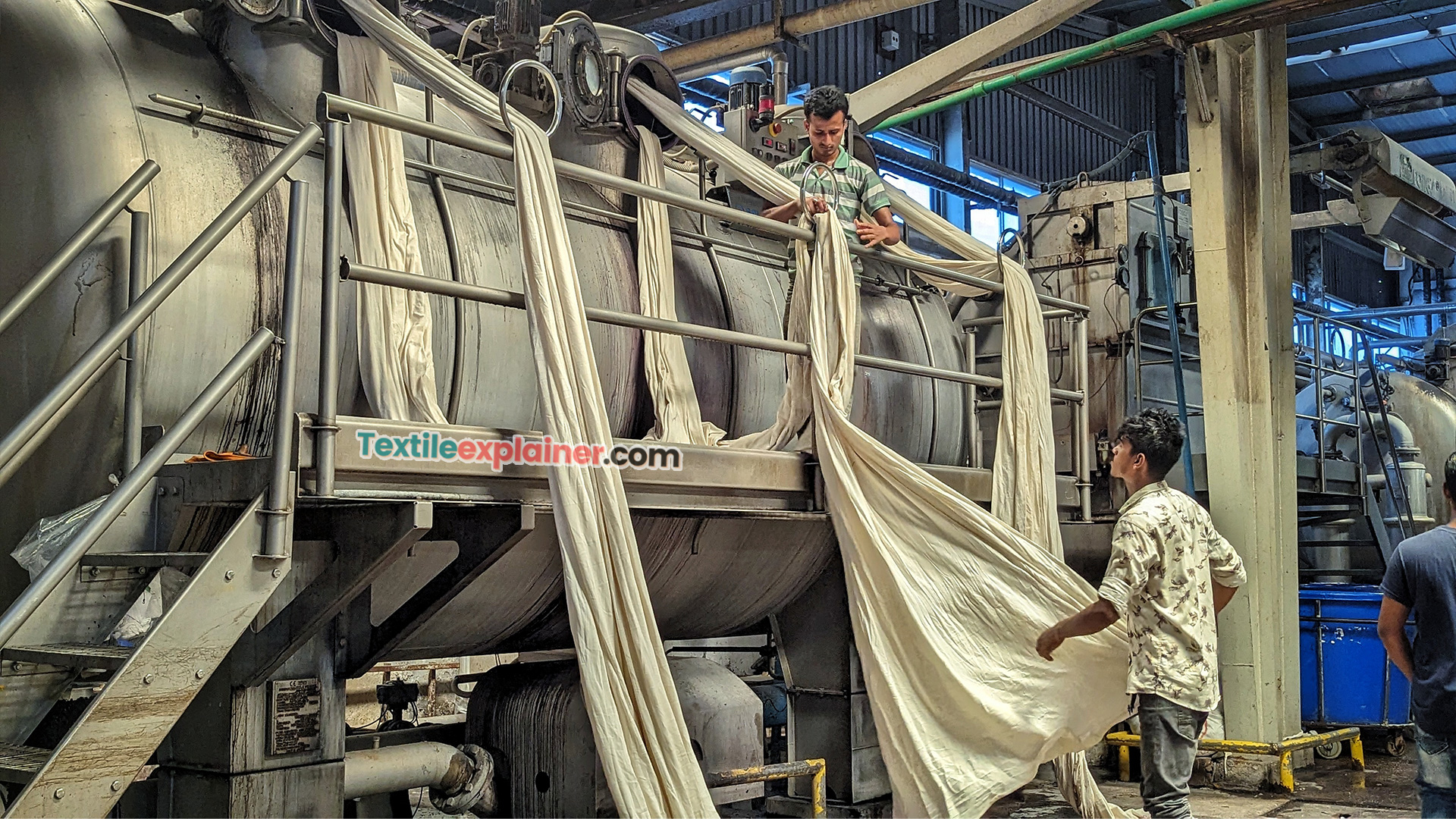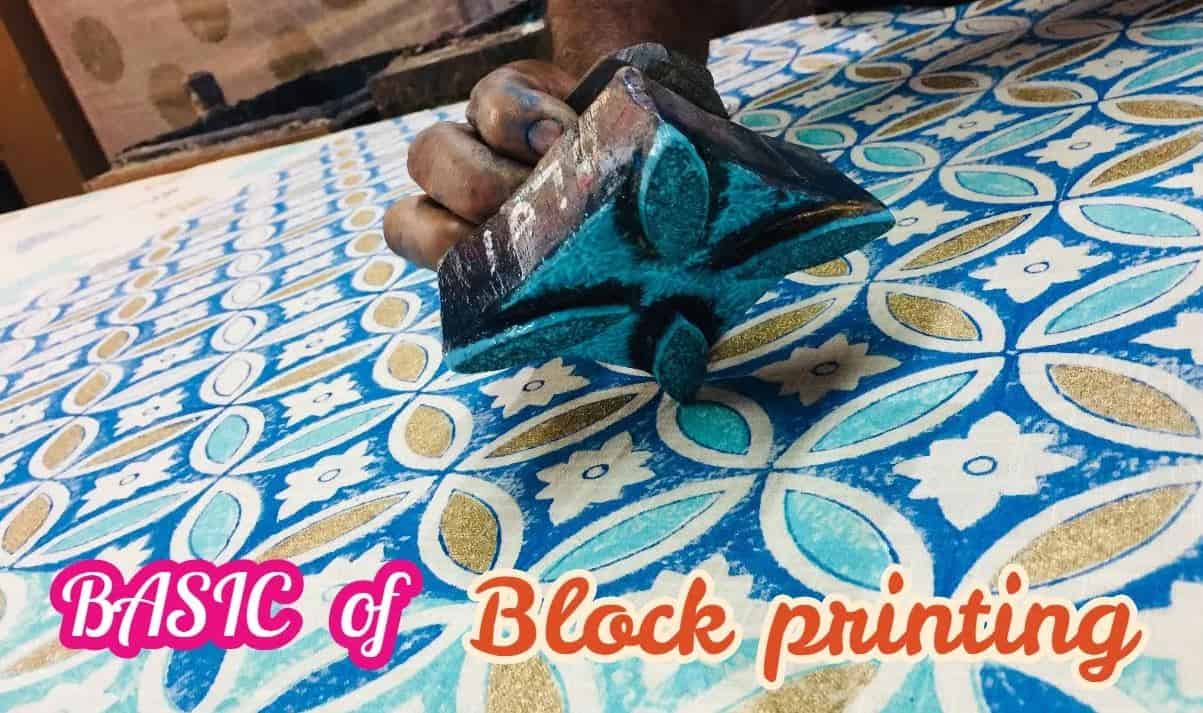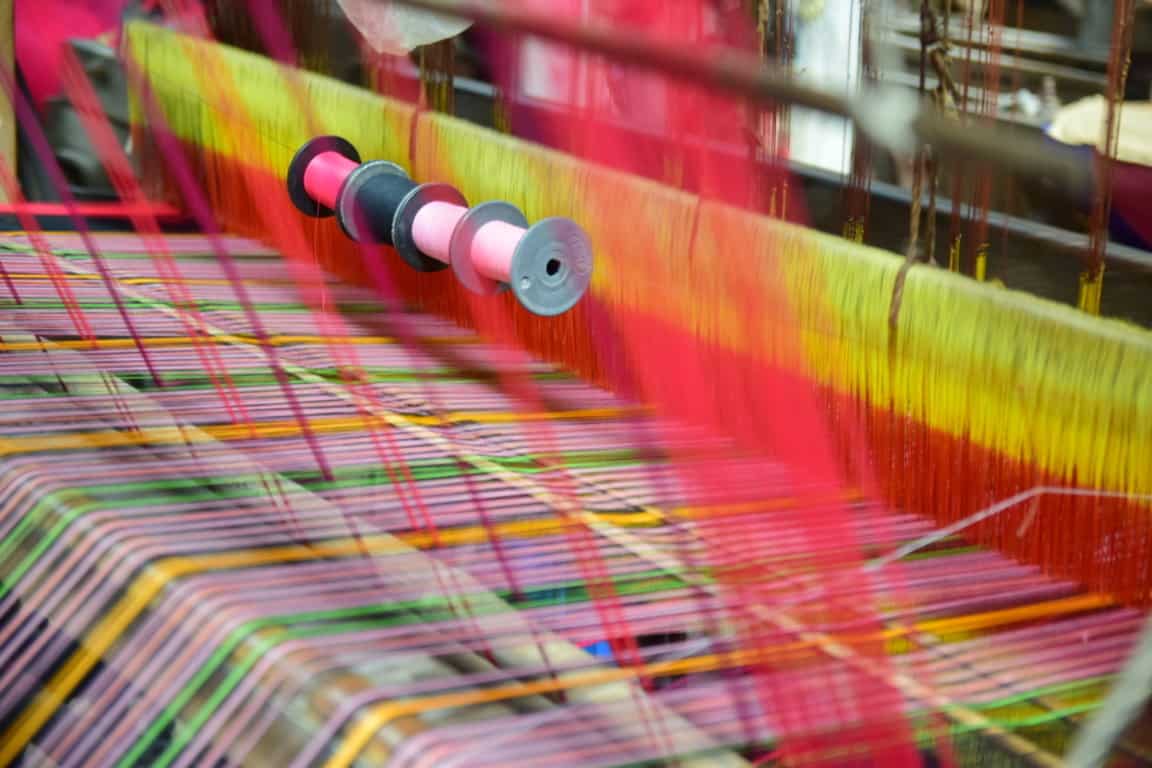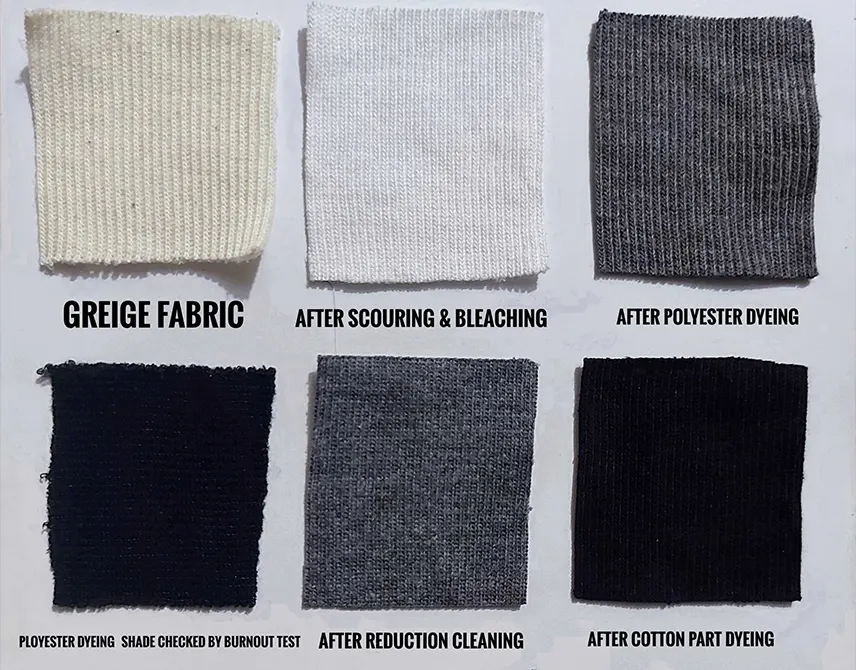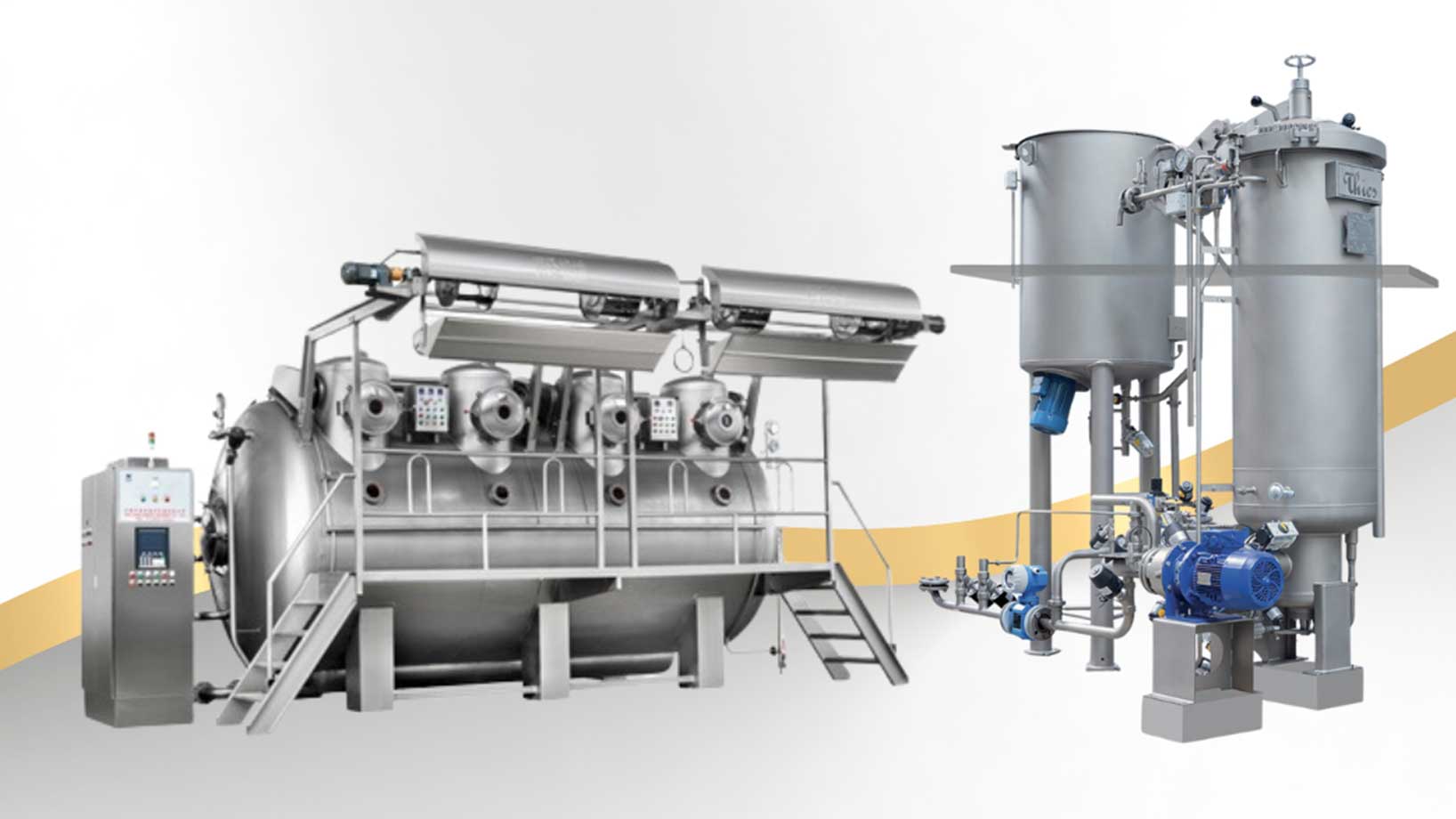Stenter Machine:
A Stenter machine, employed within the textile industry, actively stretches or stenters delicate fabrics. For instance, cotton fabric contracts in both width and weft directions, while the bleaching and dyeing procedures introduce distortions to the fabric. The stenter machine serves the primary objective of adjusting both the length and width of the fabric to predefined dimensions. Additionally, it plays a vital role in heat setting and facilitates the application of finishing chemicals, allowing for the adjustment of shade variations. Furthermore, textile manufacturers specifically use the stenter machine to treat open-form fabrics.
Over the course of time, the stenter frame worldwide exemplified cutting-edge technology, delivering optimum results in finishing treatments for woven and knitted fabrics. Thus, a stenter machine represents a comprehensive system within the textile sector that proficiently oversees chemical, heating, and mechanical processes applied to the fabric, guaranteeing the fabric attains the desired dimensions as per the client’s specifications.
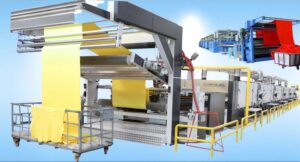
Functions of a Stenter Machine:
Stenter Machine, labeled as a versatile tool in the textile industry, undertakes several simultaneous tasks. Its primary functions include:
- Managing fabric width deformation.
- Preventing fabric shrinkage.
- Conducting heat setting for specific materials such as synthetic, spandex, and blended fabrics.
- Ensuring proper finishing of chemical treatments.
- Regulating fabric knit.
- Maintaining optimal moisture levels.
- Controlling fabric spirality.
- Preserving the desired GSM ratio.
- Facilitating fabric drying.
- Performing curing treatments for resins and water repellents in fabrics.
Parts of Stenter Machine:
Stenter Machine in the textile industry comprises several integral components, including:
- Padres
- Cooling Drums
- Burners
- Circulator Fan
- Exhaust Fan
- Heat Recovery Unit
- Weft Stretcher
- Pins or Clips
- Winder
- Rollers of Attraction
Working Principle of Stenter Machine:
In a versatile production sequence, the Stenter Machine is a compact setup comprising various units. Initially, it starts at a chemical mixing tank containing diverse chemical blends, often featuring a water-based solution filled to half the tank’s capacity. Depending on requirements, the fabric undergoes a five to seven-minute immersion in this solution during operations. Subsequently, manufacturing experts inspect one meter of fabric for further operation.
Following this, the mechanical phase proceeds to the plot, where the Bianco unit actively manages skewing and bowing. Subsequently, a stretching unit follows, ensuring the fabric maintains its desired dimensions.
Finally, the heat treatment unit, encompassing both heating and cooling, takes charge of the finishing phase. Typically, the fabric undergoes heating, with temperatures ranging from 130°C to 180°C, depending on its origin. Furthermore, the cooling unit, which features a pair of stainless-steel rollers with circulating cool water, effectively reduces the temperature, thereby achieving a polished finish. At this point, the Stenter Machine operation concludes, leaving the fabric prepared for subsequent processes.

Operation Procedure of Stenter Machine:
The operational sequence leading to the Stenter Machine by following the workflow parameters:
Flow diagram for the operation parameter of Stenter Machine
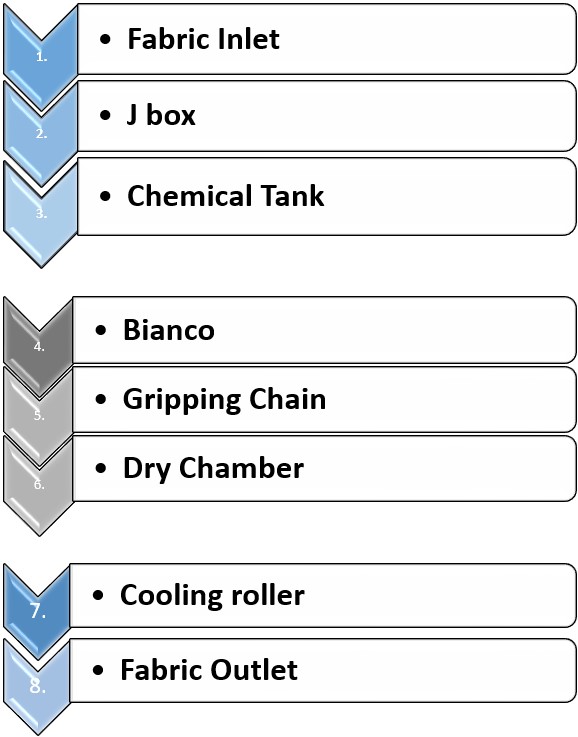
1. Fabric Inlet:
To initiate the Stenter Machining process, the fabric introduces to the inlet unit. This happens either after mercerizing and dying or, in some cases, following bleaching and peaching. Using rollers and guiders, the fabric is led through chemical treatment, ultimately winding onto a fabric roll.
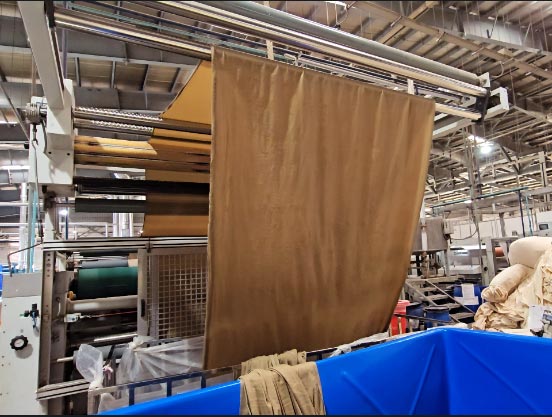
2. J box:
Another frequently employed mechanism for guiding fabric through the Stenter Machine is the J box. Typically, this stainless steel chute, shaped like a netter, has the capacity to handle a substantial amount of fabric.
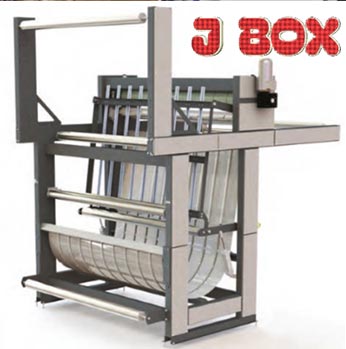
3. Chemical Tank:
The chemical tank stores essential chemicals necessary for the treatment process. Additionally, within the chemical tank, a three-bowl padding system operates actively by employing squeezing These chemicals play a vital role in attaining the desired finishing effects on the fabric, such as Soft Finish, Water Repellent Finish, and Teflon Finish.
4. Bianco Unit:
The Bianco unit functions as a control system, responsible for the management of fabric skewing and bowing through mechanical applications. This unit is equipped with several rollers, among which are three bend rollers that possess vertical mobility to counteract bowing. When bowing takes place in a downward direction, these rollers adjust upwards to maintain equilibrium. Furthermore, the unit addresses skewing by allowing the rollers to move horizontally. In contemporary Stenter Machines, sensors are integrated to measure bowing and skewing, subsequently supplying data to the control panel for either automatic or manual adjustments.

5. Gripping Chain:
Following the chemical treatment, it is imperative to restore the fabric to its initial dimensions. The gripping chain mechanism, pivotal for executing this operation, hinges on the type of Stenter gripping unit employed, whether it’s the pin type or the clip type. In a standard unit, there are ten grippers, nine spindle rollers, and sixteen blowers. Moreover, the gripper chain provides two options:

- Over Feed: Here, the width of the fabric surpasses the required dimension. So, the chain width requires lower than the fabric width.
- Under Feed: Here, the width of the fabric falls short of the desired dimension. So, the chain width requires higher than the fabric width.
6. Dry Chamber:
After the stretching process, the fabric undergoes a heating stage to improve its finishing. The temperature varies depending on the fabric type, with Teflon finishes demanding 180°C, while soft finishes require temperatures in the range of 130°C to 150°C. Generally, this unit employs burners to generate heat and utilizes blowers for distributing the heat.
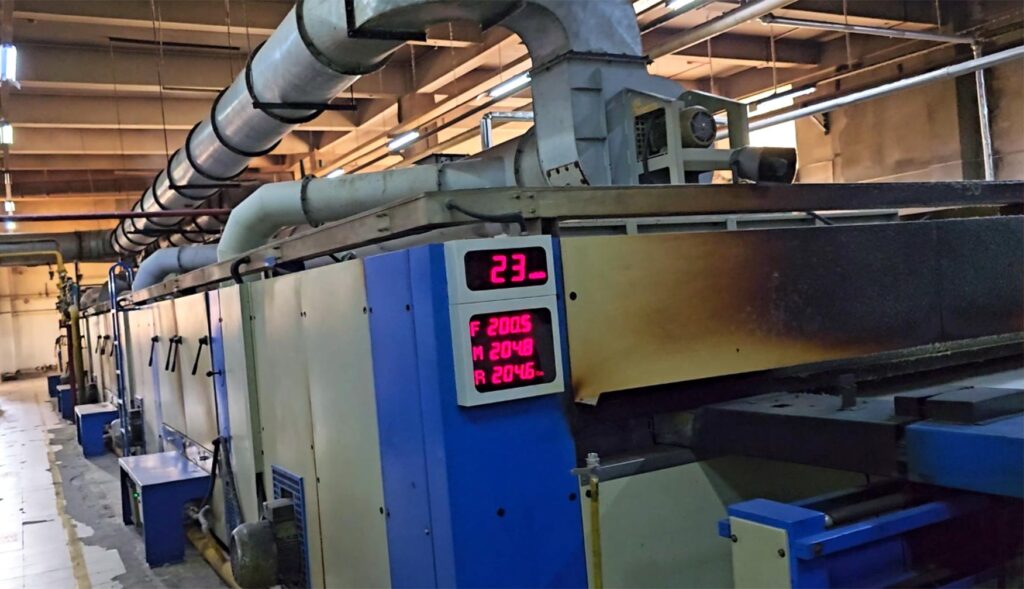
7. Cooling Roller:
As an integral part of the heat treatment process, the Stenter Machine may feature one or more stainless-steel cooling rollers. Furthermore, cold water flows through them, serving as coolers.
8. Fabric Outlet:
Finally, the Stenter Machine releases the fabric, and operators roll it up in a storage unit, preparing it for the subsequent steps in the manufacturing process.
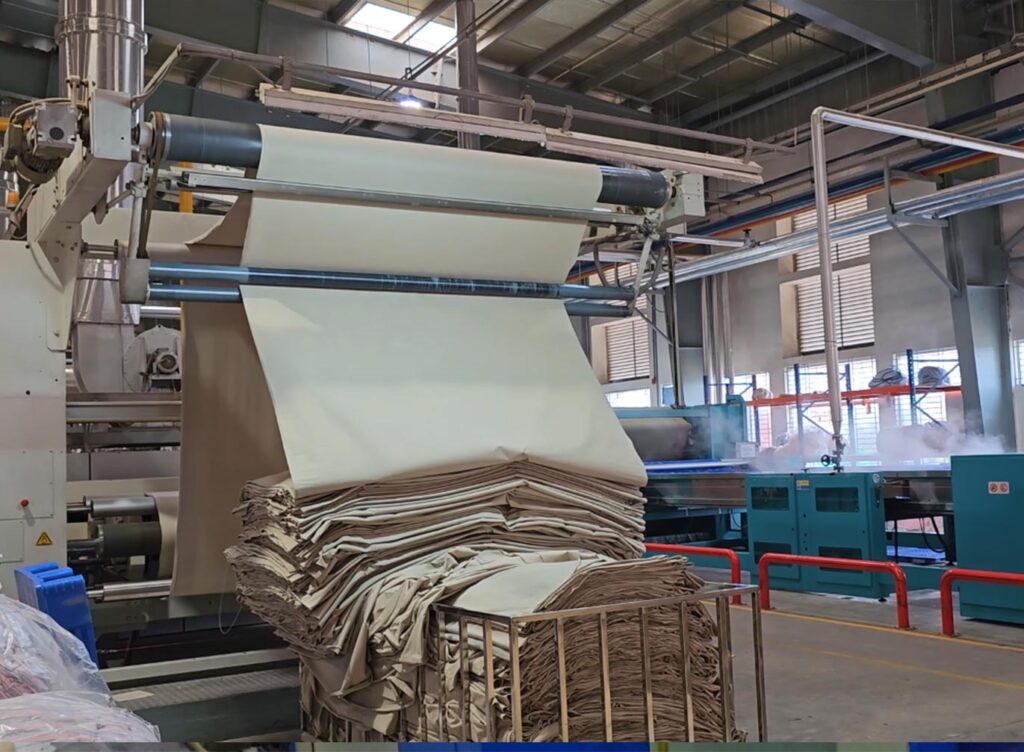
Technical Data of a Typical Stenter Machine:
| Roller Width | 1500 mm to 3800 mm |
| Fabric Width | 1200 mm to 3600 mm |
| Mangle | Two Bowl or Three Bowl |
| Fabric Feeding Draw Nip | 1.1 kW / 1.5 kW |
| Mangle Motor | 5.6/7.6/11 kW |
| Top Roller | 305 mm Diameter |
| Driven Roller | 295 mm Diameter |
| Bottom Roller | 305 mm Diameter |
| Trough | Single Trough with 2 or 3 Guide Rollers or Double Trough |
| Guide Roll Diameter | 114 / 141 / 152 / 177 mm (Wider Width) |
| Weft Correction | Fully Automatic Electronic or Motorized Manual |
| Stenter | From 3 Chamber to 10 Chamber
Pin-Clip Chain, Clip Chain, Pin Chain Vertical Return Pin Chain execution. |
| Heating Media | Thermic Oil / Direct Gas / Steam |
| Selvedge Tension Motor | 1.5 / 2.2 kW AC |
| Over Feed Motor | 1.5 kW AC |
| Pinning Motor | 0.75 kW AC |
| Blower Motor | 5.6 / 7.6 / 11 kW |
| Thermic Fluid Heater | 60000 – 130000 Kcal – Multi pass – 2 Per Chamber |
| Natural Gas/LPG Burner | 60000 – 150000 Kcal (2 Per Chamber) Approx. 65 – 150 kW |
| Drive | Variable Frequency AC Drive |
| Exhaust | With / Without Moisture Controller |


